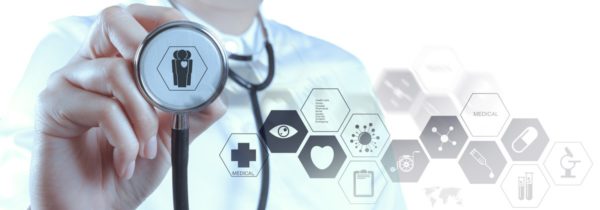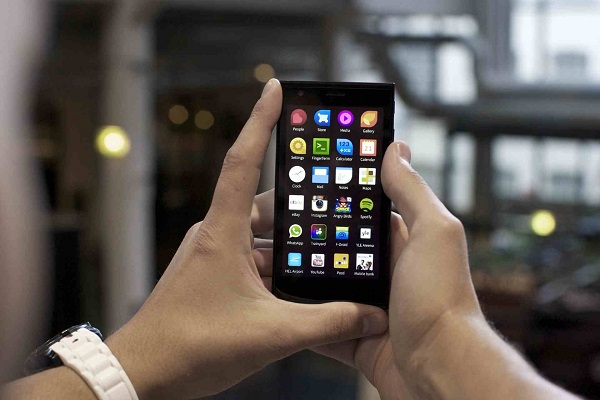Healthcare industry doesn’t stay stagnant. It witnesses drastic changes in the approaches to storing and sharing the patient information. On a positive note, the more and more medical institutions do away with the old-fashioned paper chase, making electronic data operating the first choice.
Moreover, a lot of people are challenged with the needs for staying informed about their health status through the electronic device. For this reason, there is a high demand for user-friendly mobile applications that will contribute a lot to the efficiency of patient data processing and patient-doctor communication.
For the record, there is a 17k of the healthcare apps, but only 10 of them tend to get a lot of play in the market. Given this, to be competitive enough, the application should follow the current trends in the app building. At IDAP, we’re keeping an ear to the ground to deliver second-to-none healthcare apps.
There are several trends in healthcare app development, the popularity of which has been steadily gaining momentum and demand nowadays.

Trendy functional to be implemented in modern healthcare applications:
- EMR – Electronic Medical Records
- EHR – Electronic Health Records
- E-Visits
- mHealth
- HIPAA-Compliance
#1 Electronic Medical Records
EMR enables medical institutions to store patient data in the electronic form. This way medical professionals are able to follow-up patient information, monitor any changes in diagnosis, and add some recommendations anytime via electronic devices.
No matter which device a practitioner utilizes: a laptop or a mobile phone; the data must be available on different platforms for the better operability. At the same time, with the help of the sharing function, EMR facilitates more effective collaboration among medical workers.
This way a practitioner can consult the other doctor to establish a more precise diagnosis of a case.
#2 Electronic Health Records
EHR is intended to improve the interoperability between medical institutes and practitioners regardless of their location. This function enables the data to travel the path from the doctor himself/herself to the hospital or a healthcare provider office etc.
EHR makes the patient information more mobile. Thus, a doctor obtains a 24/7 access to the real-time data with patient’s histories that helps him/her arrive at diagnosis easier and faster.
Moreover, for the better efficiency, EHR must run smoothly on all-kind devices and their versions, no matter the medical specialist works in the office or remotely. In fact, it should be noted that without this function, the medical stuff is incapable of tracking patient information in a timely manner that may cause dire consequences for the patient’s safety.
#3 E-Visits
E-visit stands for real-time electronic interaction between doctors and patients via messages, emails, video-conferencing or live streamings, etc. This function raises the possibility of making prescriptions online that is mainly in requisition among the patients diagnosed with chronic diseases. Indeed, such remote meetings may reduce the number of in-house appointments in hospitals. This comes in handy when dealing with prescription renewals.
In this way, a patient is no more forced to waste time on visiting hospital to refill his/her prescription. Besides, to drive the value of e-visit, a doctor should be capable also of collecting patient information via photos and questionnaires. These sources of data may become in handy when dealing with a controversial diagnosis.
After all, this kind of online patient-doctor communication contributes a lot to the quality and costs of the healthcare services in rural areas and countries of the third world.
#4 mHealth
mHealth is a world-wide practice associated with providing mobile healthcare services to the great number of population. TIt is designed for satisfying the most vital needs in healthcare industry.
They cover online diagnostic, treatment support, remote monitoring, epidemic outbreak tracking, 24/7 helpline, and educational services as well.
#5 HIPAA Compliance
Since the popularity of storing patient information electronically is likely to rise, the healthcare industry feels the need to protect this data. It must provide all possible measures to prevent databases from hacker attacks and compromising.
For this reason, any healthcare application should be compliant with HIPAA. What does it stand for? HIPAA is the organization which sets national standards for the security measures of the electronic medical information.
In such a way, any healthcare application must meet the HIPAA requirements for the methods of encryption, unauthorized access, terms of data use etc. In case the app is not compatible with these claims, it will be permission denied.
To conclude
The following trends are likely to take a new look at the healthcare services. The implementation of these functions in your application will hold promise for its success in the market.
Admittedly, healthcare mobile app building still remains a tabula rasa for many developers. This means you are in a position to come into spotlight and create something that will revolutionize the healthcare industry as well.












Add Comment